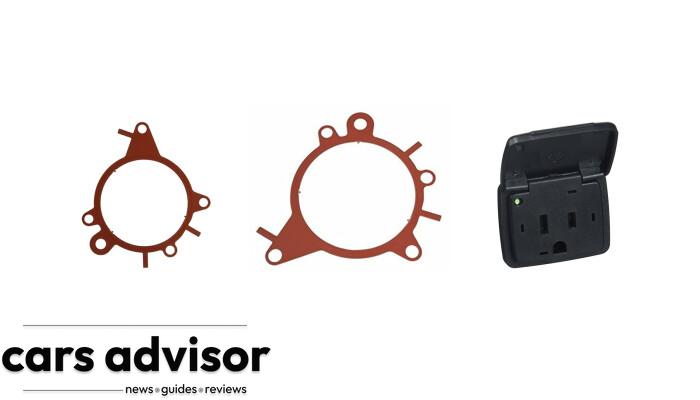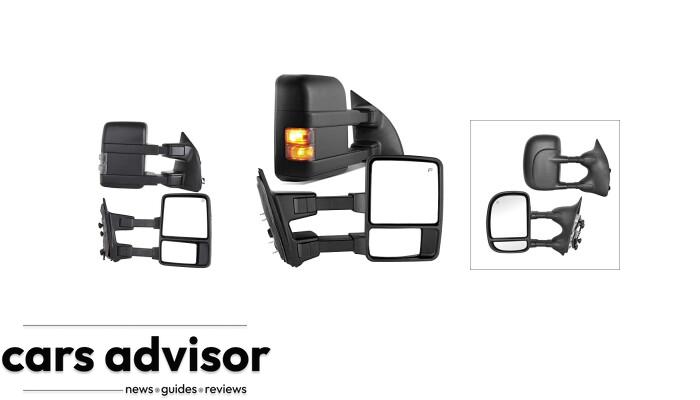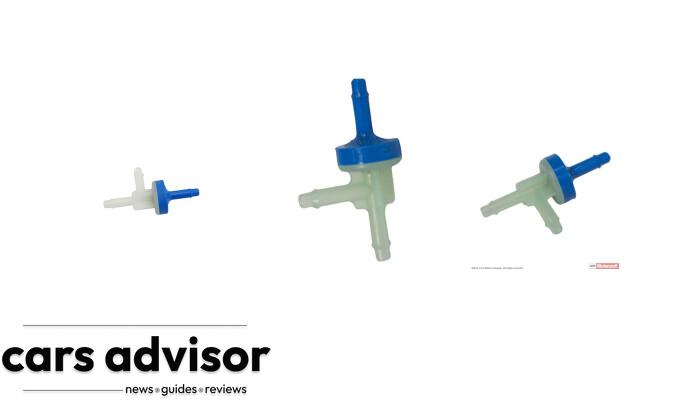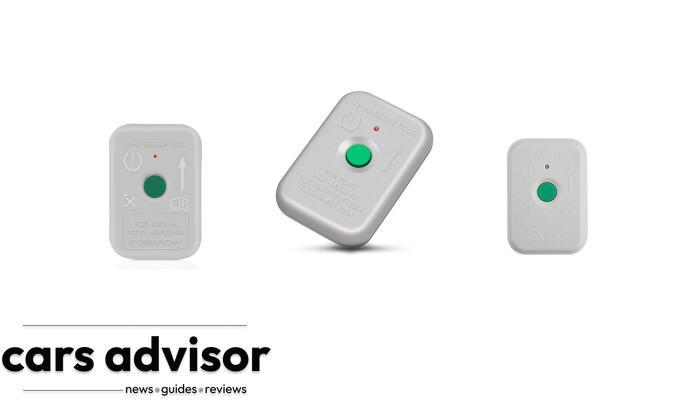Is a 20-year-old car a good choice? It’s not a simple “yes” or “no.” As a car expert, I know that reliability depends on the make, model, and maintenance history. But before you make a decision, consider these pros and cons:
Pros:
– 20-year-old cars are much cheaper than newer models.
– Some well-preserved classic cars can be a great investment.
Cons:
– High mileage on the engine is likely.
– Parts for an older car can be difficult to find, leading to high maintenance costs.
– Safety features may not be up to date.
– Emissions standards may have changed, making it difficult to pass inspections.
Overall, a 20-year-old car can be a budget-friendly option if you do your research. But be cautious – finding parts and repairs can be a headache. It’s best to avoid models over 20 years old to save yourself the hassle and potential costs.
Reliability – The determining factor
As a car blogger with years of experience in the industry and a deep passion for cars, I understand the importance of reliability when it comes to choosing a vehicle. Reliability is the one factor that simply cannot be compromised, and many car buyers understand this. When it comes to buying a car that is 20 years old, reliability becomes even more important.
Age of the car – 20 years and counting
The age of a car is an essential factor when you’re considering buying one. While it’s true that every car is different, the number of years a car has undergone is an indication of how old it is and how much maintenance it needs. For most cars, after 20 years, parts start to wear out, and the car’s overall performance may not be as impressive as it used to be. This is the main reason why most people shy away from cars that are more than 20 years old.
Lesser known models – Looking at reliability
There are some lesser-known models that are still reliable even after 20 years. These cars are hidden gems that many car buyers overlook because they’re not as popular as other brands. We suggest that if you’re considering purchasing a vehicle that is two decades old, look for reviews from car owners who have been driving the same vehicle for years. If you can find a reliable owner of a lesser-known model car, they could give you first-hand information that you need to make an informed decision.
Some reliable lesser-known models that are over 20 years old include:
- 1998 Toyota Corolla
- 1999 Honda Accord
- 1998 Subaru Forester
- 1997 Mazda MX-5 Miata
- 1999 Nissan Maxima
Locating parts – A potential issue after 20 years
The availability of parts is one of the biggest concerns when it comes to buying a car that is over 20 years old. After two decades, it can be challenging to find replacement parts for your vehicle if something goes wrong. This is especially true if you have a rare car model.
Some parts that are hard to come by include:
- Body panels
- Interior parts
- Transmission parts
- Engine parts
- Electrical system parts
Mid-to late 1990s – The cut-off point
As a car blogger, I would advise buyers to avoid purchasing cars that are more than 20 years old. Based on my experience in the industry, I would say that the mid-to late 1990s are the cut off point for purchasing a reliable car that is over 20 years old.
Reasons for this include:
- Modern safety features are lacking in older cars
- The availability of replacement parts starts to diminish after this point
- Maintenance and upkeep cost much more after 20 years
- The overall reliability of a car over 20 years old is lower than newer models
Maintenance – Keeping an old car on the road
While it’s true that an older car may require more maintenance than a new car, there are ways to keep your old car running smoothly. Routine maintenance, regular oil changes, and ensuring that all parts are functioning correctly can help maintain your car’s overall performance. When it comes to older cars, prevention is key.
Some tips for preventative maintenance include:
- Replace the timing belt and water pump before they fail
- Flush the radiator and change coolant
- Drain and refill the transmission fluid every 30,000 miles
- Check the brake fluid and brake pads every six months
- Inspect belts and hoses regularly
Value and depreciation – Considerations for an old car
An older car will typically depreciate much faster than a newer model. While it’s true that a car over 20 years old will not hold its value as well as a new car, if it’s a classic or a collectible model, it may actually appreciate in value over time.
Some popular vintage cars that have increased in value over the years:
- 1968 Shelby Cobra GT500
- 1967 Toyota 2000GT
- 1970 Plymouth Hemi ‘Cuda
- 1982 DeLorean DMC-12
- 1963 Chevrolet Corvette Split-Window Coupe
In conclusion, purchasing a car that is more than 20 years old is a big decision. It’s important that you choose a reliable car that fits your needs and budget. Remember that after two decades, parts start to wear out, and it can be difficult and expensive to find replacements. If you’re considering buying a car that is over 20 years old, research the model’s reliability, get advice from reliable sources, and always perform preventative maintenance to keep your car running smoothly.











